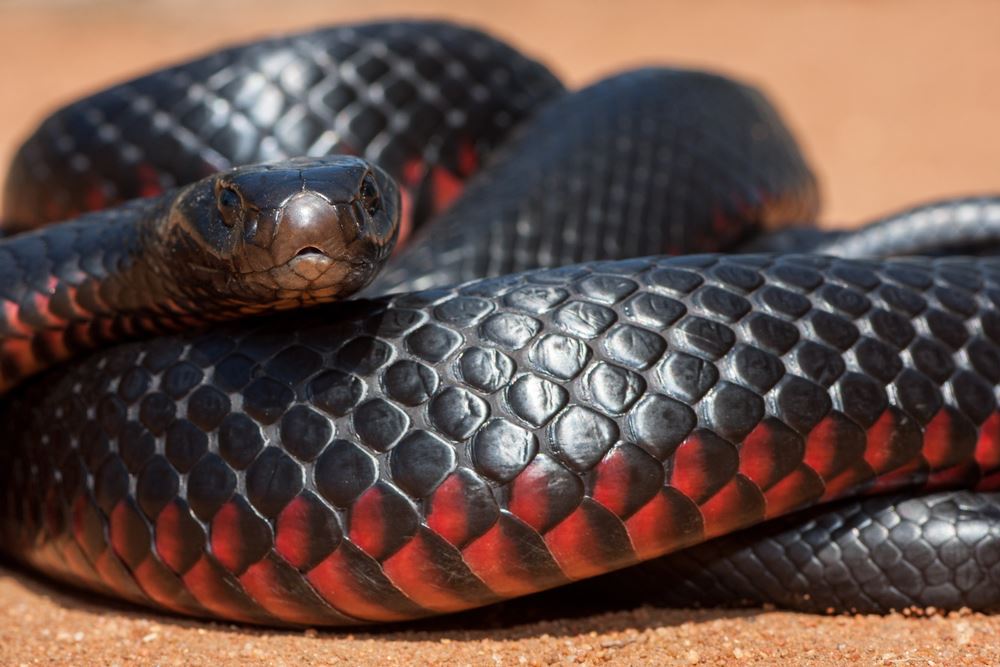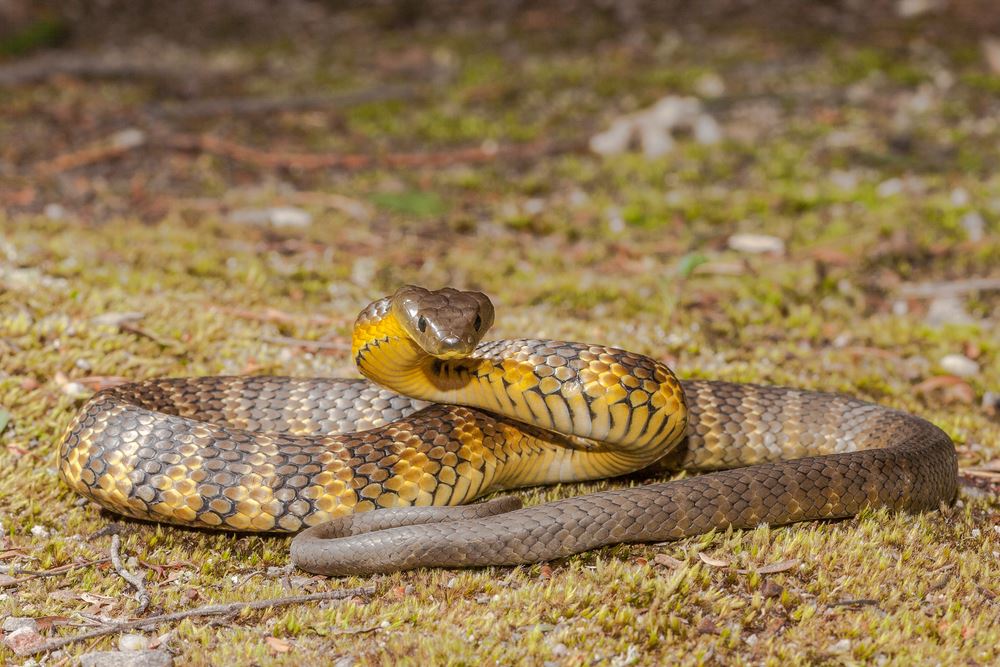
There’s a lot to talk about when it comes to the 4x4 touring world. Whether it’s vehicle mods or the best 4x4 tracks to hit on the weekend, some aspects of the hobby are mentioned more often than others. Which is why we’ve decided to look into lesser-known yet just as critical aspects of the 4x4 world: basic survival skills when you’re out bush.
In this instalment, we’ll explore how to treat a snake bite, so you can keep your cool when you’re faced with a potentially dangerous situation.
How Dangerous is a Snake Bite?
While you’re very unlikely to die from a snake bite in Australia (according the Royal Flying Doctor Service, only around 2 people die from snake bites per year). However, it’s still worth knowing how to treat a snake bite in the bush, since if you’re in a remote area, you could be potentially hours from antivenom.
Here’s how to tend to a snake bite, recognise symptoms, avoid snakes, and identify a number of venomous species.
Snake Bite First Aid

As soon as you realise you’ve been bitten, call 000 (or 112 if you’re in an area with poor phone reception) as soon as possible.
While dialling emergency services, you should begin to carry out simple snake bite first aid.
1.Apply a Pressure Bandage
Known as the Pressure Immobilisation Technique (PIT), wrap a broad pressure bandage over the bite as soon as you can. The best type of bandage for use when treating a snake bite is an elasticated bandage (between 10cm and 15cm wide), but crepe bandages and even clothing can be used if nothing else is available.
Wrap the bandage from below the snake bite and work your way up, extending it as high as possible. Pressure bandages work by restricting the flow of venom through the lymphatic system, so wrap the bandage as tight as possible – you shouldn’t be able to easily slide a finger between the bandage and the victim’s skin.
2.Immobilise the Bitten Area
Your next step should be to immobilise the bitten limb or area. Apply a splint if possible and keep joints to both sides of the bite still.
3.Stay Calm
Try not to panic while you wait for help to arrive. Remaining calm and staying as still as possible will help slow the spread of venom through your body.
Snake Bite Symptoms
Some snake bites may not look like bites at all, and some victims don’t even realise they’ve been bitten until symptoms progress. This is why it’s important to know other signs and symptoms when you’re first learning how to treat a venomous snake bite.
Common symptoms of a snake bite include:
- Bruising or swelling
- Difficulty breathing
- Puncture marks or small but visible scratches
- Nausea or vomiting
- Abdominal pain
- Headache
- Confusion
- Dizziness
- Blurred vision
- Muscle weakness or collapse
- Irregular heartbeat
- Stinging, burning or tingling skin
- Bleeding
- Paralysis.
If you’ve been bitten by a snake, don’t wait for symptoms to set in before seeking medical help.
How to Identify a Venomous Snake
Most snake bites are carried out by three species: brown snakes, tiger snakes, and red-bellied black snakes (though they bite often, there are no recorded deaths from a red-bellied black snake’s bite). All three are rather easy to identify.
Eastern Brown Snake

The 9 species of brown snake that inhabit Australia may look unassuming, but they’re definitely lethal. The eastern brown is among the deadliest of Australia’s brown snake species. It has a slender body, with a short, rounded head that is indistinguishable from the neck. They’re often varying shades of brown or red, with a cream, yellow or orange underbelly featuring orange or dark grey blotches. Eastern Browns will also coil into an S-shape before striking.
Tiger Snake

Tiger snakes are much easier to identify than eastern browns – which is great, because they are one of the most venomous snakes in the world. Named for their striped scales, tiger snakes have thick bodies with distinctly shaped heads. They’re often found near bodies of water such as creeks, rivers and swamps.
Red-Bellied Black Snake

Perhaps the easiest of the three snakes to identify, red-bellied black snakes have distinct red flanks with slightly paler underbellies and a shiny black body. They bite frequently, but thankfully there are no recorded deaths from one of their bites.
Avoiding Snake Bites
Snakes don’t seek out humans to bite – in fact, a bite usually occurs as a last line of defence. Here’s how to avoid a snake bite in the first place.
- Be careful where you walk and where you put your hands. Snakes like to hide away in places such as fallen logs and rock crevices.
- Make some noise when moving through the bush. Snakes pick up on vibrations from movement through the ground, so when walking through the bush, stomp your feet and make a bit of noise to let them know you’re there.
- Wear appropriate clothing. Boots and long pants such as jeans will give you extra protection against snake bites in the bush.
- Don’t pick them up! Most snake bites occur when someone attempts to handle a snake. Always give snakes plenty of room and go around them.
Looking for more handy bush survival guides? Why not learn how to start a campfire in a pinch?


.png)